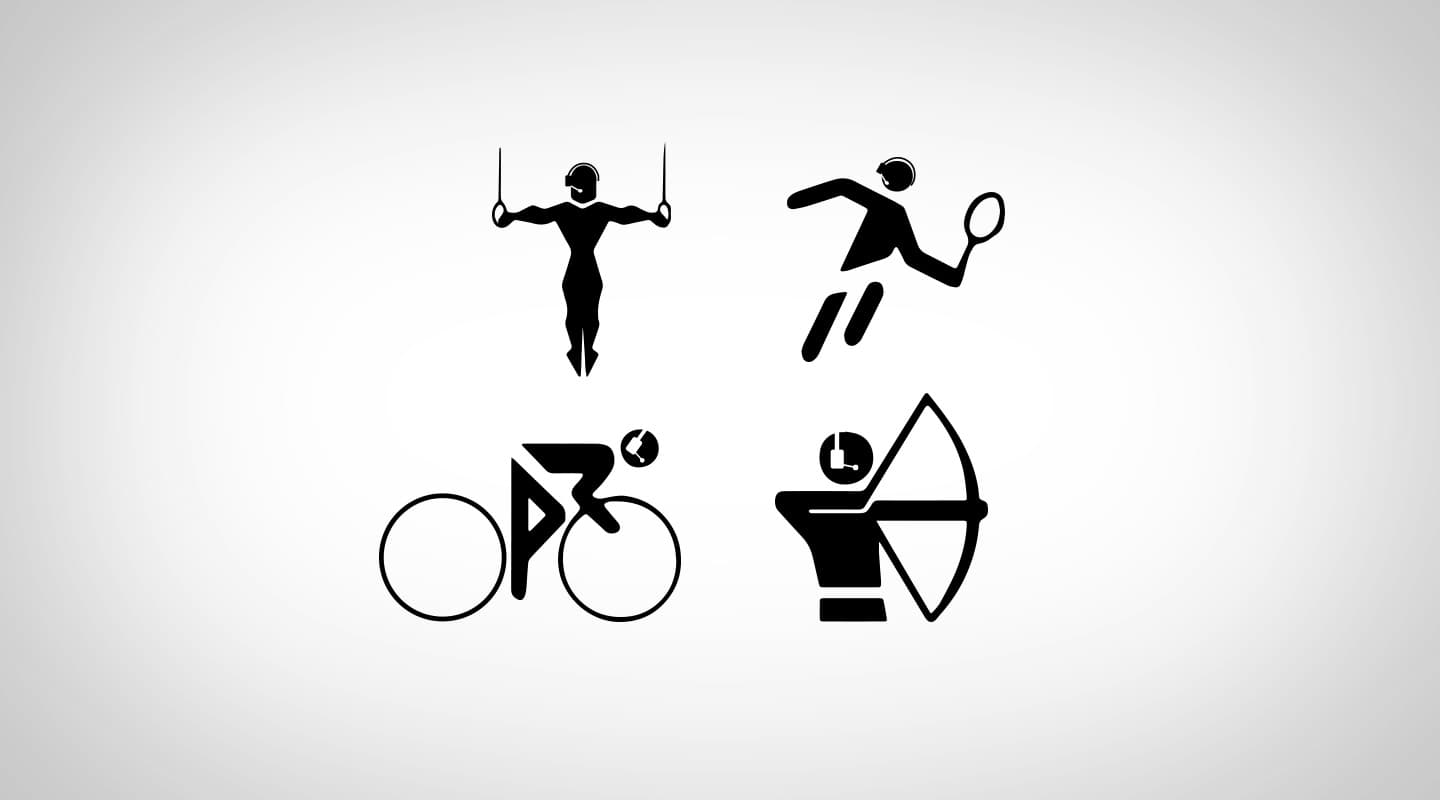
In The Loop: Olympic Comms
The PA People provided comms for many of the Olympics sporting venues. Here's how they did it.
Text:/ Graeme Hague
When the International Olympic Committee declared “Syd-en-nee” as the successful bidder for the 2000 Games it was to have on-going consequences for our industry beyond what many people even imagined at the time. The Sydney games was an unparalleled success leading to them being declared “the best Olympic Games ever” – probably something the IOC President at the time, Juan Antonio, has rued ever since, because subsequent games’ hosts now wait with bated breath to hear those immortal words said again about their efforts – suck it in fellas, it ain’t ever going to happen. For the record, Juan Antonio wasn’t being so original. Six years earlier the 1994 Lillehammer winter games were declared “the best Olympic Winter Games ever”. Maybe Juan printed out the wrong speech and had to wing his way through the mistake?
NEXT STOP EARLS COURT
The grand spectacle of the Sydney Olympics owed a lot to the technical innovation and prowess of the Australian production companies involved – and it has been a hard act to follow. It’s led to an interesting trend. As the ensuing Olympiads in Athens and Beijing were held, not to mention the Commonwealth Games in New Delhi (has all the gear come back yet?), instead of being an almost exclusive opportunity for local production companies to strut their stuff, the Games’ organisers have still encouraged overseas providers to submit tenders. The reality they recognise is there can be no substitute for knowledge and expertise when it comes to the sheer scale of production we see at events like these now–and Australian companies got that in spades-full in 2000. When you’re staging an Olympic-like event we have seriously gotten our act together. Despite these accolades, you might think the logistics of sending large, trained crews and a warehouse full of gear halfway across the world would make it uneconomical or, at least, the tenders couldn’t be competitive against the locals in the first place. Again, having the experience is telling when it comes to keeping large productions cost-effective. Shipping containers of equipment over distances becomes a relatively small component of the overall – admittedly large – budget.
So it shouldn’t come as too much of a surprise that several Australian production companies are heavily involved in the London Olympics all thanks, in part, to the legacy of the 2000 Games. One of them is Sydney-based The PA People, which is playing a big role in providing communications throughout all the sports venues for the duration of the competition including the following Paralympics. It should be pointed out that this is completely separate from the opening and closing ceremonies. That’s because the ceremonies are true entertainment productions that have little to do with the sporting side of things – it’s two (or three, really) entirely different production environments. Think about it – Sir Paul McCartney would throw a crap javelin… unless maybe he was aiming for his second wife.
NICK OF TIME
We all witnessed that it was apparently going to be a nail-biting finish to get London and all the sporting venues ready in time – it’s an obligatory news headline leading into every Olympics. It’s fair to say that a lot of requirements for communications were decided later, rather than sooner. Normally, establishing final communication points is pretty much the last thing done after other technical aspects are satisfied anyway. While the basic design on many venues was clear earlier on with the likes of commentary boxes, scoreboards and OB vans inked-in on the plans, other considerations such as extra cameras locations and audio positions were all subject – as you’d expect – to the whims of media producers and directors arriving and demanding that their two cent’s worth (or should that be tuppence?) be heard and acted upon. The comms for each venue centred around a Clear-Com Eclipse matrix, either a Pico or a Median system. Clear-Com V- Stations were typically provided for the Sports Producer, Announcers, Audio Operator, Vision Mixer and Scoreboard Operator while the Timing, Results and Graphics operators were accommodated using beltpack units.
TONS OF TALKBACK
That’s a lot of talkback cans – and a lot of people trying to get a word in over everyone else.
It’s where Clear-Com’s HelixNet digital partyline had a significant impact on the systems’ designs. The ability to run four discrete channels over a single microphone cable allowed the venues to require less physical cabling – the ever-present spaghetti-like mess of microphone cables – yet still provide dedicated channels to the appropriate comms positions. Even so, with a total of 36 sports arenas to cater for with each one requiring multiple comms outlets for all the operators mentioned above, the numbers mount up. The PA People supplied nearly 400 HelixNet Beltpacks hooked up to 48 master stations. Well over 500 Clear-Com CC-300 one-sided headsets were on hand along with the ubiquitous Beyer DT109 cans and DT790s. A thousand microphone cables were put in the packer and half as many Cat-5 cables.
Also deployed were 340 Motorola hand-held radios and 130 interfaced radio bases. Many of the comms requirements dealt with operators who couldn’t use a cable connection and a wireless solution had to be provided. Interestingly, the fact that The PA People are based in Australia and the equipment was temporarily imported into the UK for the Olympics created a solution for what might otherwise have been an insurmountable problem. London’s congested radio spectrum wasn’t going to have enough room to allow for the influx of literally thousands of extra transmitting devices. OFCOM is the regulatory body for television and radio communications in the UK and fortunately OFCOM saw the answer right away. Much of the equipment brought in from overseas for the games already used operating frequencies that avoided the issue of the crowding in existing spectrum. It was simply a matter of rubber-stamping these frequencies until the Olympics were over.
PERSONAL BEST?
Among the glamour of the television coverage with its zillion camera angles, the flashing lights, the HD digital scoreboards, the huge PA systems belting out the national anthems (mostly everybody’s except ours) it’s normal to overlook the guys in black tee-shirts sneaking around and making sure everything works. Even more ignored is the talkback and comms systems that keeps everyone in the loop – literally – and how that without it working flawlessly things can go pear-shaped very quickly.
It’s been a quiet, yet mammoth undertaking and while our “overweight, underpowered, over-twittered, social media-addicted” athletes are were a little disappointing, we can certainly put our production companies, including The PA People, up on the winner’s podium. Cue the national anthem – the one about being “girt by sea”, not the sheep-stealing thing.
THE PA PEOPLE’S INVENTORY
ClearCom Eclipse Pico Matrix × 22
ClearCom Eclipse Median Matrix × 5, each 48 analog ports and 32 IP ports
ClearCom V-Station 12 key lever × 160
ClearCom V-Station 24 key lever × 80
ClearCom HelixNet Master Station × 48
ClearCom HelixNet Beltpac × 375
RFT Eclipse Duplex Base Radio × 36
Tait T7100 Duplex Base radio × 15
Motorola Simplex Base radio × 75
Base radio multi-coupling systems × 22
Base antenna × 50
Motorola Hand Held Radio × 340
ClearCom CC-300 headset × 530
Beyer DT109 Headset × 32
Beyer DT790 headset × 56
Peltor Headset × 80
Configuration PC × 28
24 port managed network switch × 36
2kVa UPS × 28
12ru rack × 60
Mic cables × 1000
Cat5 Cables × 480
25pair Cat5 cable × 50
CONTACT
The PA People: (02) 8755 8700 or www.papeople.com.au
Jands (Clear-Com): (02) 9582 0909 or www.jands.com.au
Motorola: www.motorolasolutions.com
Hills SVL (Beyer): (02) 9647 1411 or www.hillssvl.com.au

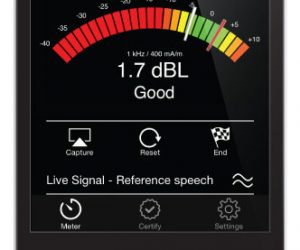

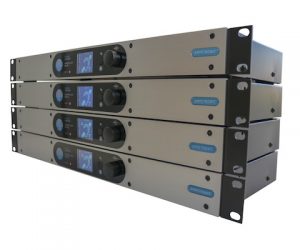
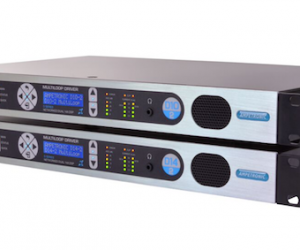






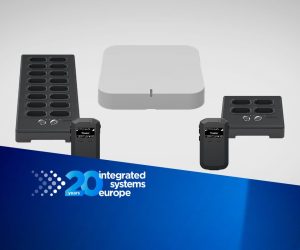



RESPONSES